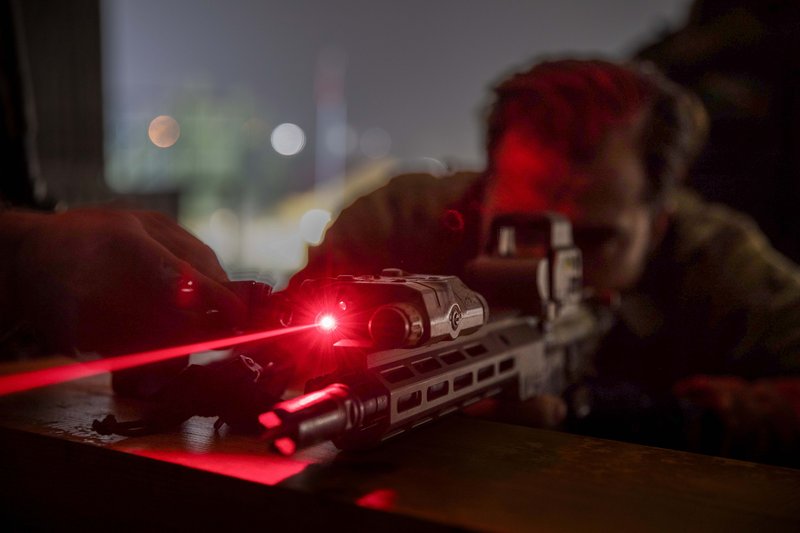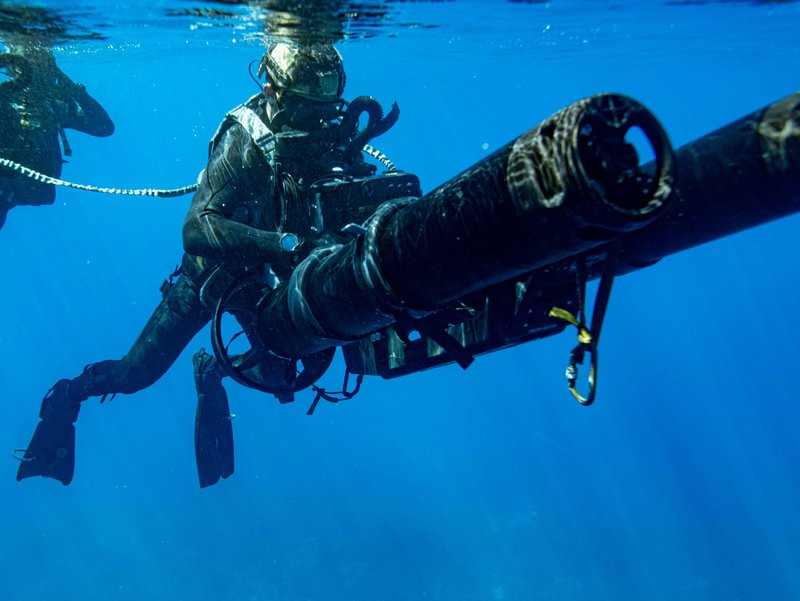By Flavia Camargos Pereira
The diverse use cases of Artificial Intelligence (AI) have been turning it into a critical tool for Special Operations Forces (SOF).
The flexibility of AI and its wide range of applications provide multiple operational and tactical advantages for SOF teams and the unique tasks they have to perform. Those benefits have been guaranteeing its role in tomorrow’s warfare.
Focused on great power competition and multidomain deployments, the US Special Operations Command (USSOCOM) has placed AI capabilities among its acquisition priorities over FY2026. The service intends to use this type of technology in all domains and scenarios across the globe.
“AI-driven support systems will enhance the organisation, training and equipping of SOF, while mission planning tools will compress timelines,” Gen Bryan P Fenton, USSOCOM Commander, said during a hearing at the Senate Committee on Armed Services in April.
Meanwhile, the CEO of the US-based supplier of targeting and engagement systems for defence applications, AimLock, Bryan Bockmon stressed that that AI and autonomy tools completely change “the way SOF teams can conduct their mission”.
Improving command and control, lethality, safety, mobility, situational awareness and data collection and analysis in addition to accelerating the decision-making process are among the critical abilities those algorithms offer.
“AI is kind of a throwaway word right now”, the VP of marketing of the supplier of uncrewed solutions for military forces, Red Cat, Stan Nowak, remarked. “There are a billion different problem-solving efforts to do with AI.”
Those tools can also allow for faster, more secure and reliable communications. In terms of effectiveness, the use of autonomous targeting capabilities enables identifying, engaging and destroying threats with minimal or no human intervention.
Moreover, AI can improve the performance of weapon operators by enhancing targeting and shooting accuracy in all domains.

Logistics and maintenance are other SOF domains in which this technology has been critical. AI and data-centric tools can improve repair and overhaul efforts, enable better managing stockpiles, spare parts and components, reduce fuel consumption and facilitate planning and deployment of personnel and equipment.
“People [in the military] are seeing the value of those solutions”, the CEO of the Icelandic supplier of AI-based solutions for maritime scenarios, Hefring Marine, Karl Birgir Björnsson pointed out.
Björnsson also stated that AI tools give guidance on “what is the best decision to make right now so you can keep the operation as safe as possible while still getting the job done”.
As SOF teams operate in very small units, they generally cannot access the same support larger forces echelons have.
In this scenario, the use of AI tools in drones and other small weapon systems enables operators to “project force to a much greater distance than they ever could before”, Bockmon noted.
In the planning and training realms, it brings multiple benefits in terms of providing more realistic scenarios, comprehensive assessment and learning materials and in-depth analysis of warfighters’ performance.

Another advantage is enabling operators to predict adversaries’ movements and manoeuvres in diverse environments and better preparing special operators for multidomain operations.
Additionally, this type of capability allows for rapidly applying lessons learned from current conflicts. The chief revenue officer of Palladyne AI, Matt Vogt, explained that “the autonomy gets smarter over time”.
“It is using these types of algorithms to go out into an area of operations, see what is available, what is on the ground and then learn and think and get better over time. And then to provide the end user with the best and most consistent information,” Vogt added.
In a background chat with Shephard, a high-ranked US Army official noted that other AI applications might be identified in the near future by using soldiers’ feedback from force-on-force training.
“Let the kids use their imagination,” he remarked. “One of the advantages of the US military is our national training centres and the ‘free play’ from the squad level all the way to brigade [they provide]. You are unlikely to see that in other places in the world.”
